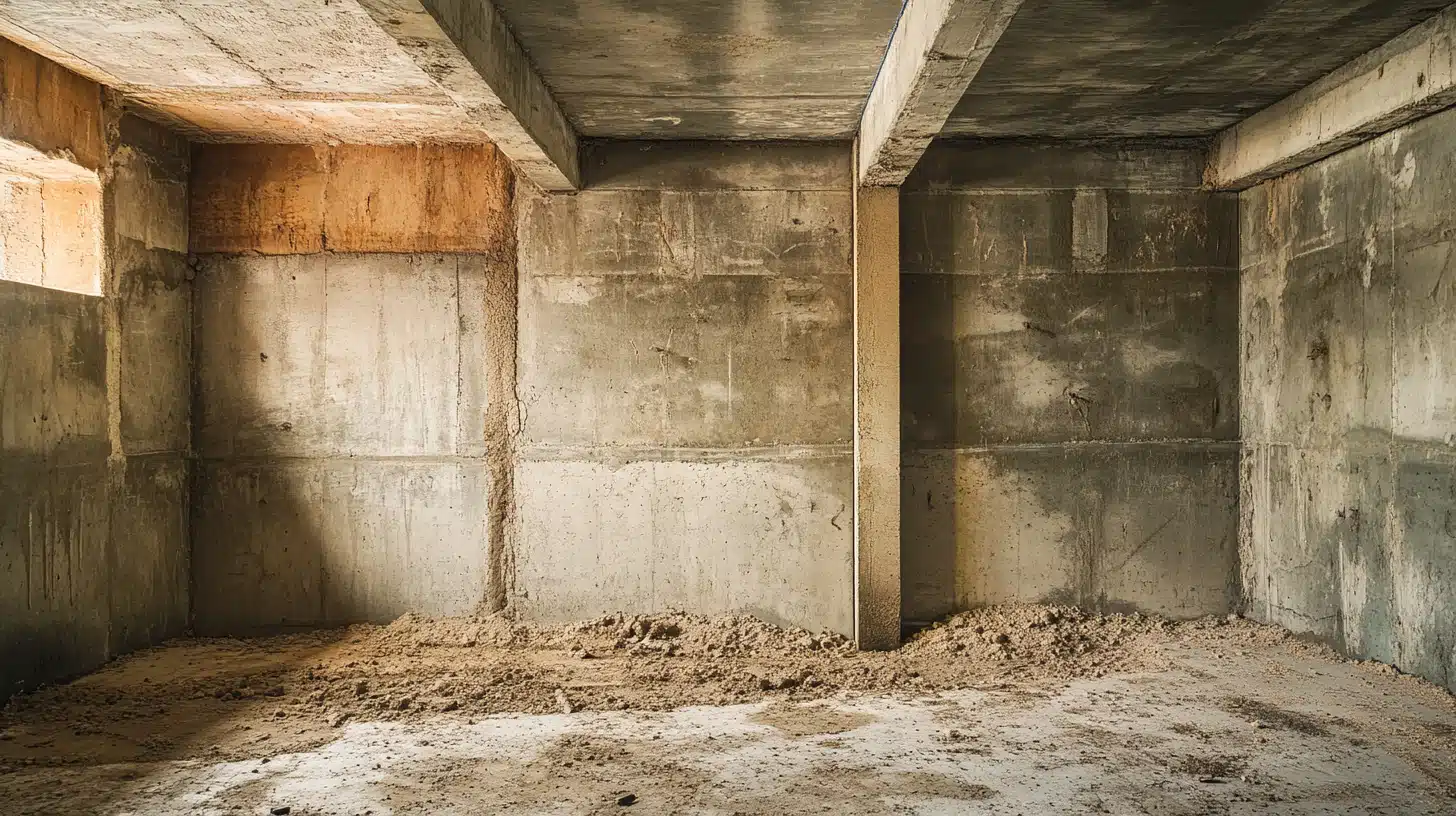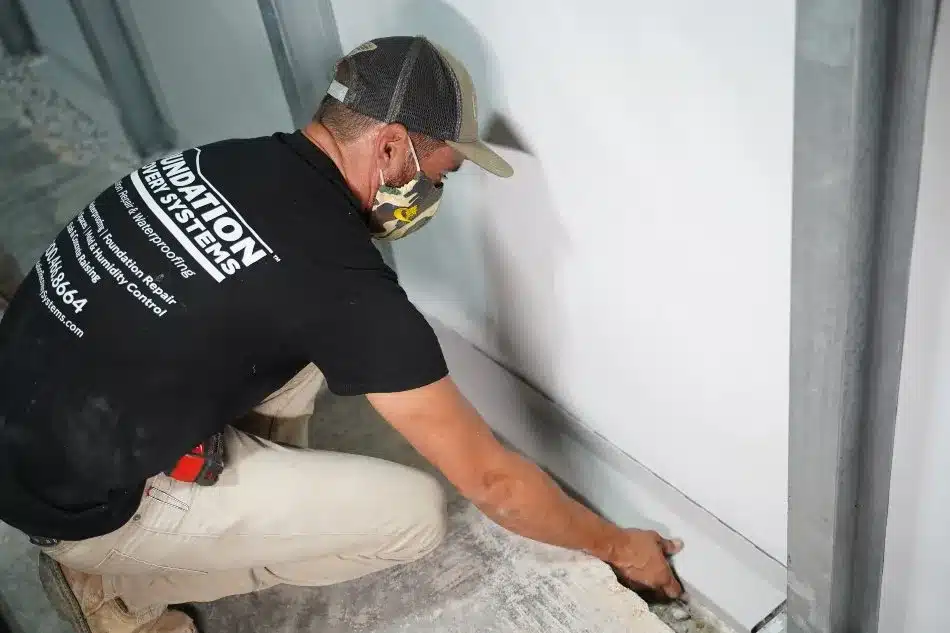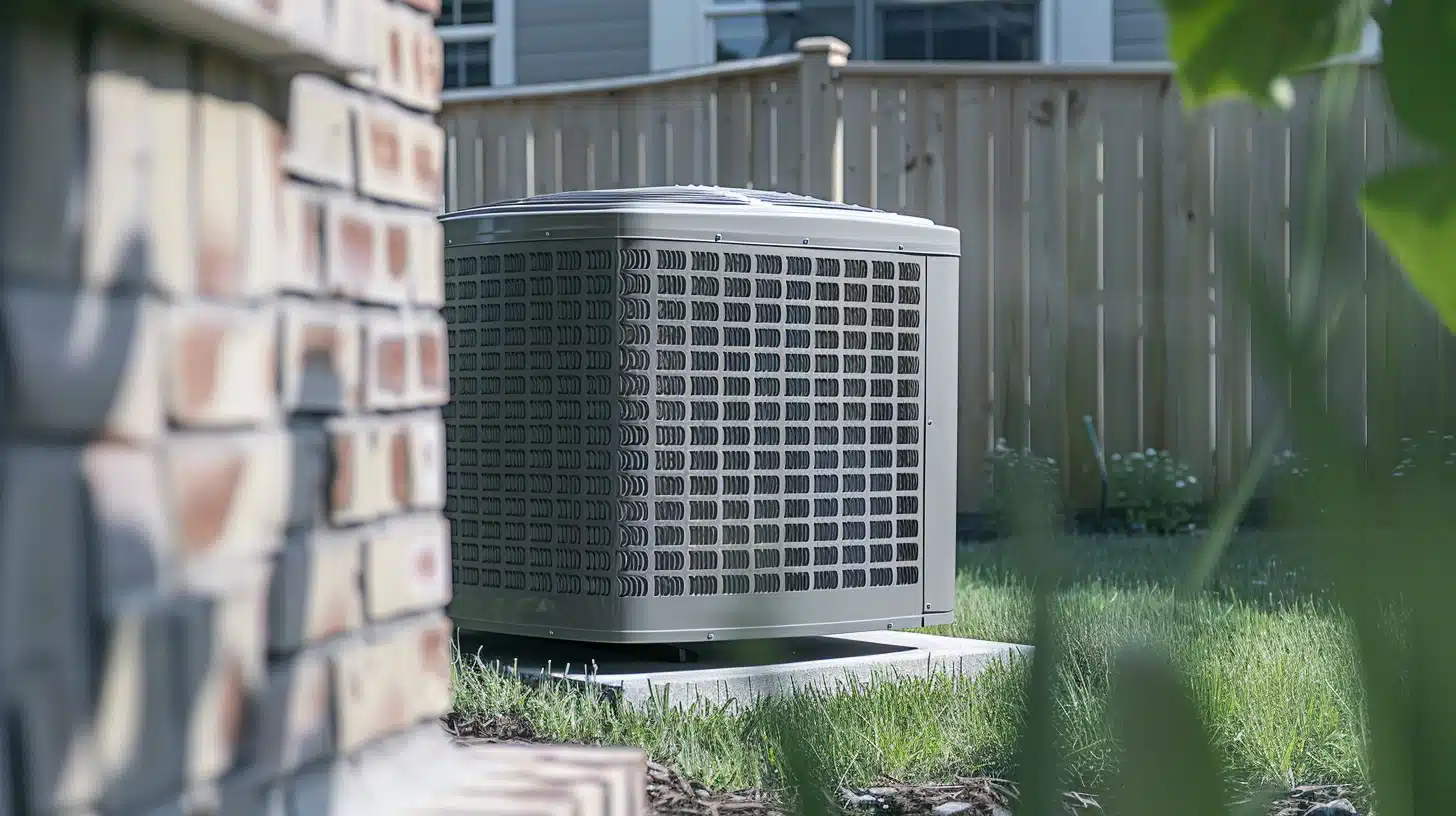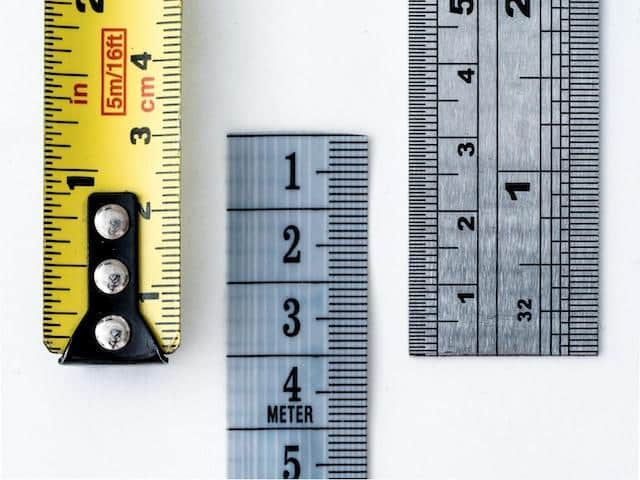Why Basement Foundation Walls Bow and Bulge and How Contractors Can Fix Them
Basement foundation walls play a critical role in maintaining the structural integrity of a home. However, these walls can sometimes develop a noticeable bulge, which is not only unsightly but also a potential indicator of severe underlying issues. Understanding why foundation walls bow and how contractors address these problems is essential for homeowners seeking lasting solutions.
Causes of Bulging Basement Walls
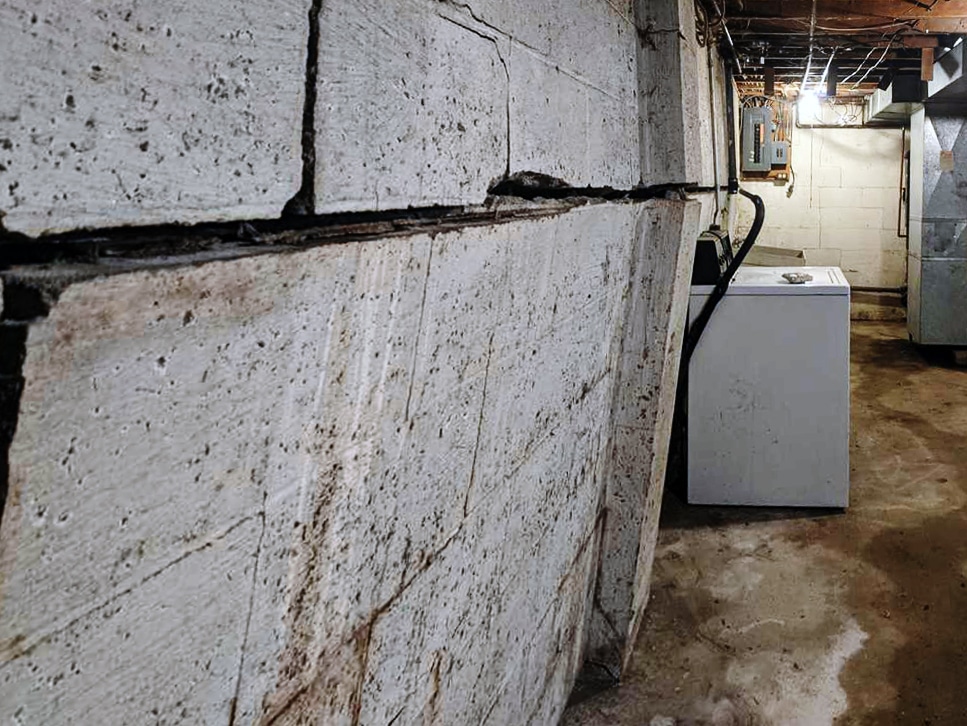
- Hydrostatic Pressure: One of the primary reasons basement walls bulge is hydrostatic pressure. When the soil surrounding a foundation becomes saturated with water, it exerts immense lateral pressure on the walls. This pressure can eventually cause the walls to bow inward.
- Expansive Clay Soil: Certain soils, like clay, expand significantly when wet and contract when dry. This constant movement creates stress on basement walls, leading to bulging over time.
- Improper Backfilling: When a foundation is constructed, the backfilling process needs to be done carefully. Overcompacted or poorly graded backfill can press against the walls unevenly, increasing the risk of bowing.
- Tree Roots: Nearby trees and shrubs can cause bulging if their roots grow against the foundation walls. As roots expand, they exert pressure that can compromise the wall’s stability.
- Age and Material Deterioration: Over time, the materials used to construct foundation walls, such as concrete or masonry, can weaken due to wear and tear, making them less capable of resisting external forces.
Contractor Solutions for Fixing Bulging Basement Walls
- Wall Anchors: Wall anchors are a common solution for stabilizing and straightening bulging walls. This method involves installing steel plates on the inside of the wall and anchoring them to the ground outside using long rods. Gradual tightening of the anchors can help bring the wall back to its original position.
- Carbon Fiber Straps: For minor bowing, carbon fiber straps offer an effective and minimally invasive solution. These straps are bonded to the interior of the wall using epoxy, providing additional support and preventing further movement.
- Steel I-Beams: Contractors may install steel I-beams vertically along the affected walls to reinforce them. The beams are secured to the floor and ceiling joists, offering a robust barrier against further inward pressure.
- Excavation and Reinforcement: In severe cases, contractors may need to excavate the soil around the foundation to relieve external pressure. Once the soil is removed, the wall can be repaired or rebuilt, and proper drainage systems can be installed to prevent future issues.
- Helical Tiebacks: Helical tiebacks are similar to wall anchors but are installed at an angle to provide extra support. These are particularly useful for walls experiencing significant inward movement.
- Improved Drainage Systems: To address the root cause of hydrostatic pressure, contractors often recommend installing or upgrading drainage systems such as French drains, sump pumps, and waterproof membranes. Proper drainage reduces the risk of water accumulation around the foundation.
Preventing Future Issues
Once repairs are completed, homeowners should take proactive steps to prevent future problems. Regularly inspect gutters and downspouts, ensure proper grading around the home, and avoid planting trees or shrubs too close to the foundation. These measures, combined with professional repairs, can help maintain a safe and stable foundation for years to come.
In conclusion, bulging basement walls are a serious issue that requires immediate attention. With the right diagnosis and repair methods, contractors can restore the integrity of a home’s foundation and provide homeowners with peace of mind.
If you live in the New Jersey area look to Blue Umbrella Basement Waterproofing for all of your foundation repair, crawl space repair, and basement needs.

